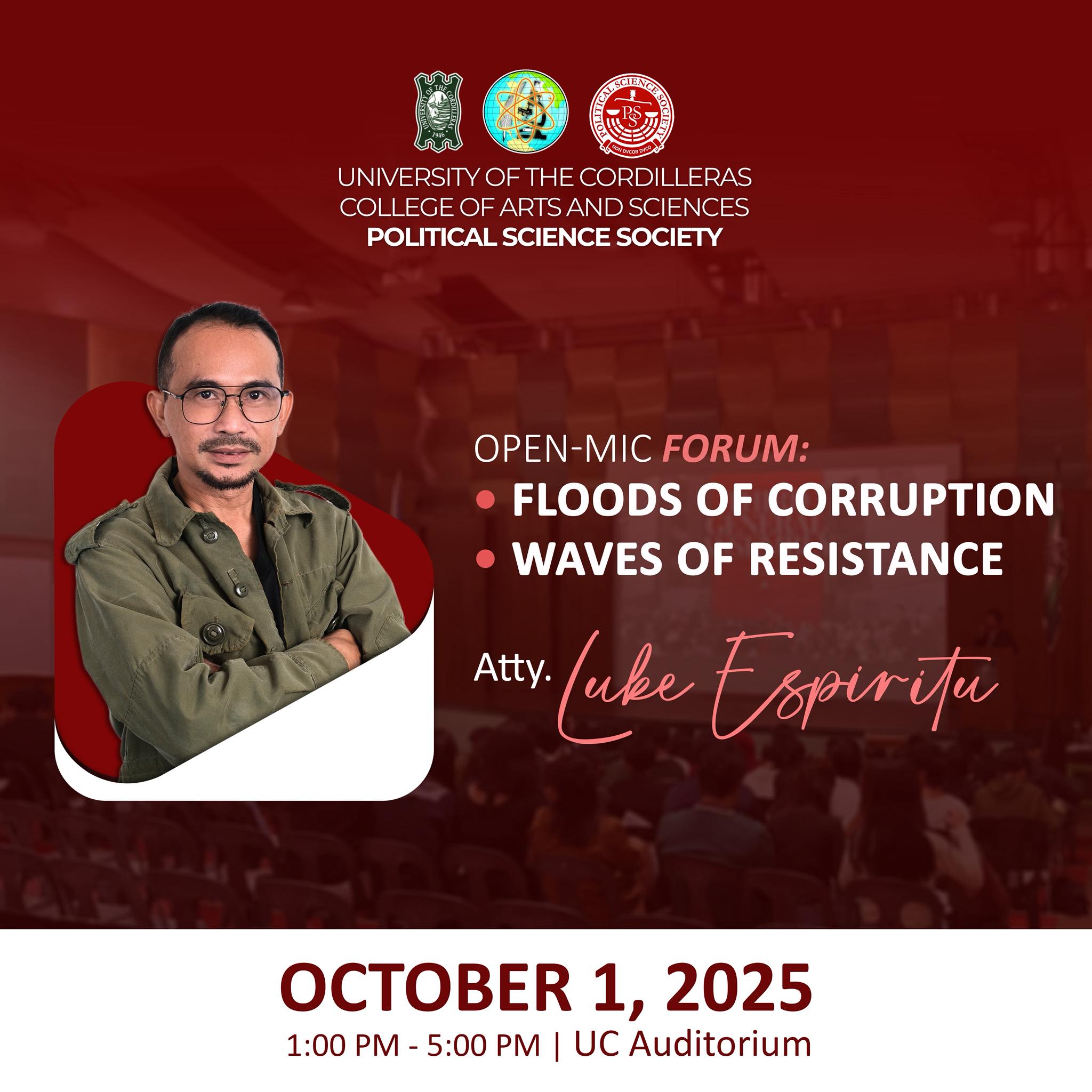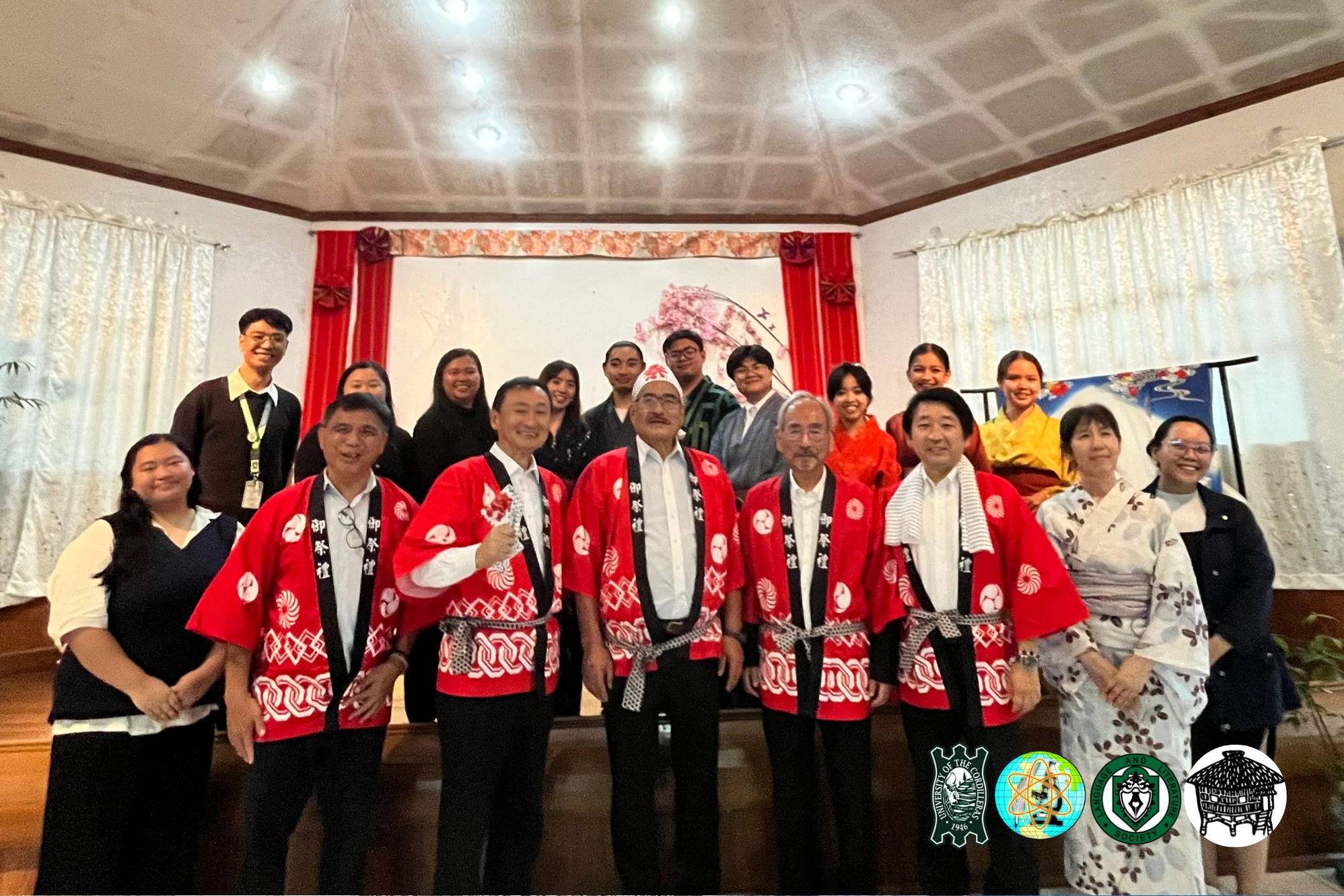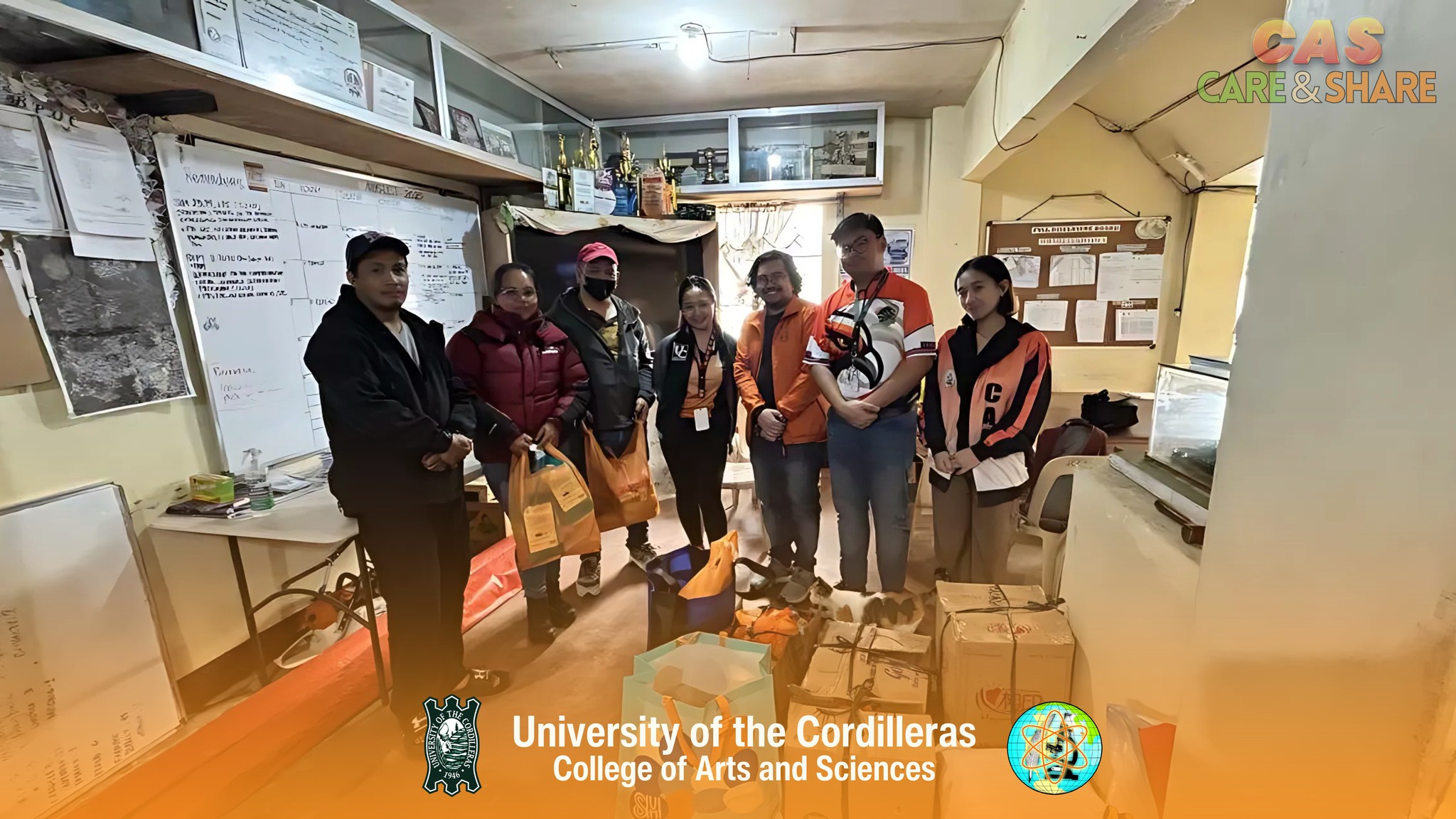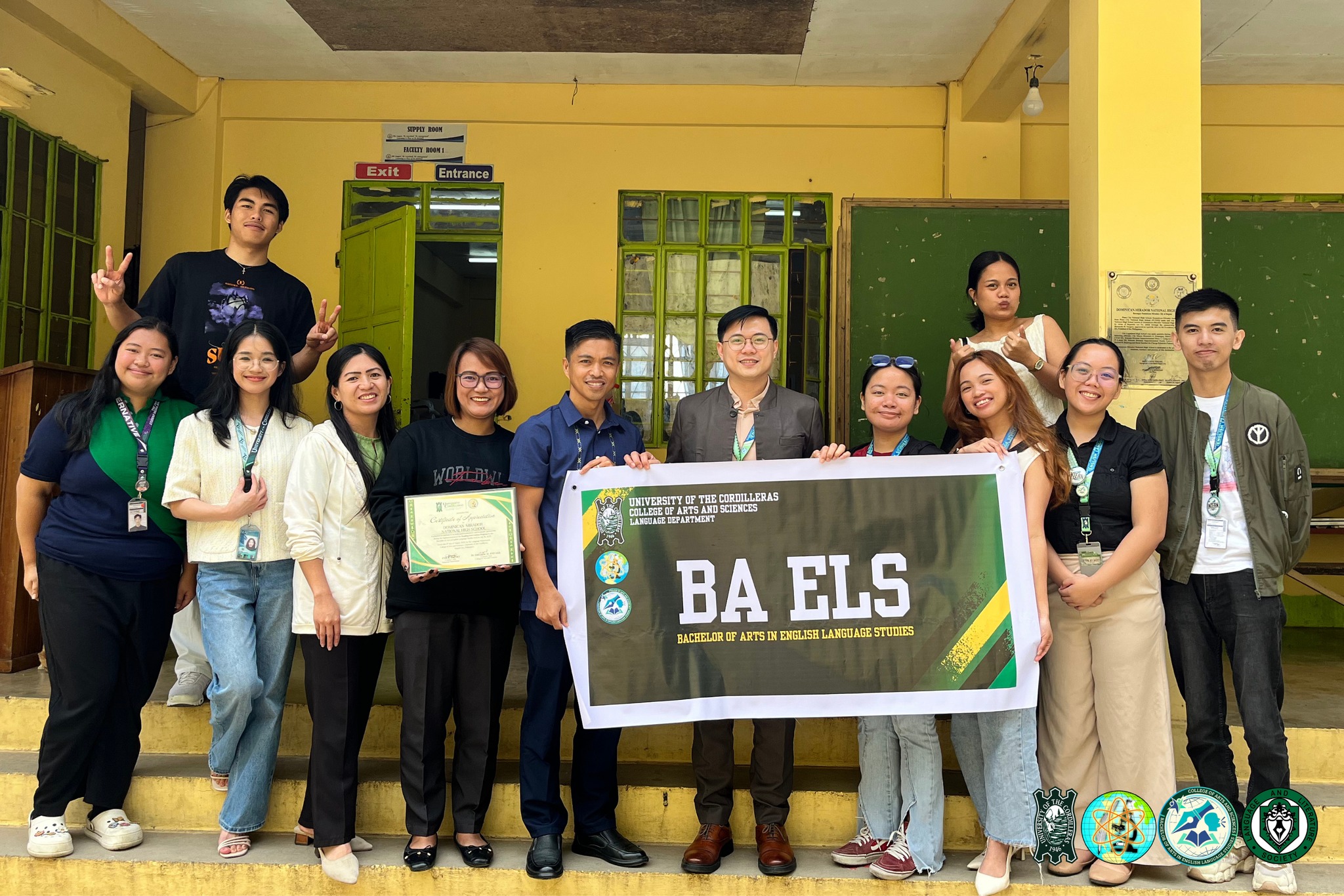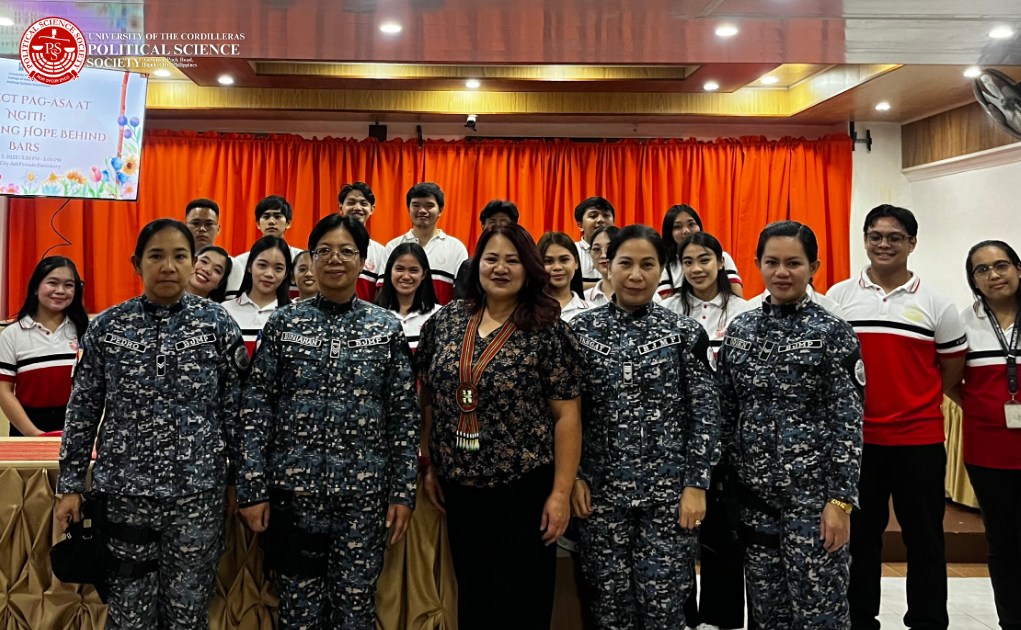by: Yngvie Johanna L. Elcano
Art has always been a force for change—a way to challenge, to resist, to dream. But what happens when the very hands that create art are left empty, while others profit from their work? Paglaya ng Lila, the award-winning short film featured in the 2024 IP C.I.R.C.L.E. League, brings this harsh reality to life.

At its heart is Tony, a gifted but overlooked painter. His talent is undeniable, yet his work is claimed by someone else—his employer, Ruby, who uses his paintings to elevate her own career. Tony’s story is one of quiet suffering, of enduring an unfair system that thrives on the backs of artists like him. But it is also a story of courage—of reclaiming what is rightfully his. Through its powerful narrative, Paglaya ng Lila highlights the value of intellectual property rights in a more just world. The film strongly resonates with three United Nations Sustainable Development Goals: Decent Work and Economic Growth (SDG 8), Reduced Inequalities (SDG 10), and Peace, Justice, and Strong Institutions (SDG 16).
SDG 8: Decent Work and Economic Growth
The art world can be pretty unforgiving just like many other industries. Paglaya ng Lila never hesitates in showing how the artists, although they are what make culture and life possible, remain undervalued. Tony is a reality for many creatives: long hours, low wages, and an endless threat of being replaced. Ruby has all the power over him, as she knows of his desperate situation to survive.
The film demands a fairer system—one where artists aren’t forced to choose between passion and survival. It highlights how intellectual property rights protect creatives from exploitation, ensuring they get the recognition and compensation they deserve. After all, the economy thrives on innovation, and innovation cannot exist if the people behind it are left struggling.
SDG 10: Reduced Inequalities
Talent should be enough. But in a world where connections and privilege often dictate success, raw skill is not always enough to break through. Tony paints masterpieces, but Ruby, with her influence and resources, takes the credit.
This is not just a plot in fiction; it is the reality for many marginalized artists. Paglaya ng Lila challenges this injustice, asking us to uplift and amplify voices that have been silenced for so long. When Mr. Cabrera—a respected artist and art patron—respects the work of Tony, and finally recognizes it, it serves as a reminder that true talent deserves to shine, regardless of background, status, or wealth.
SDG 16: Peace, Justice, and Strong Institutions
Tony does not say much in most of the film. He’s afraid of losing his only source of income; he fears that if he speaks up, nothing will change. But silence only allows injustice to thrive.
Paglaya ng Lila becomes a battle cry when he finally decides to fight back and reclaim his identity as an artist. He points out the need for strong institutions that will stand up for justice, protect intellectual property, and make sure that creatives are not ripped off of their work. When the real story about Ruby’s deception comes out, it is a victory not only for Tony but also for every artist who has ever been stolen from.
A Story That Belongs to Every Creator
Paglaya ng Lila didn’t just tell a story—it made history. The film dominated the 2024 IP C.I.R.C.L.E. League – The Story, taking home Best Picture, Best Director, Best Screenplay, Best Editing, Best Cinematography, Best On-Screen Male Performance, and the People’s Choice Award. These honors are proof that stories about justice and artistic integrity don’t just need to be told—they deserve to be celebrated.
At its core, Paglaya ng Lila is more than a film—it’s a reflection of reality. It speaks to the painter who barely makes ends meet, to the writer whose words are stolen, to the musician whose melodies are used without credit. It is a call to protect what is ours, to demand what is fair, and to ensure that creativity is never a tool for exploitation but an instrument for justice.
As Tony declares in the film’s closing monologue:
“Hustisya ay abot-kamay kong kakamitin.” (I will pursue justice with all my might.)
And indeed, justice begins the moment artists reclaim their voices.
The team behind Paglaya ng Lila, under the supervision of their coach, Prof. Katrina Q. Mamaril, includes the following BA-Communication students:
Yngvie Johanna L. Elcano (Director)
Rhyan Joseph P. Braga (Main Actor)
Stephanie Joy T. Cacabelos (Screenplay Writer)
Jasper B. Tomboc (Cinematographer & Editor)
Maria Erika Garet Alexis Nadine P. Ituriaga (Supporting Actor)
Derek Ashton M. Angluben (Supporting Actor)
Jay Victor D. Maniquiz (Supporting Actor)
Clariz Hidalgo (Supporting Actor)
Robert John O. Billones (Technical Crew)
Rabindranath S. Calica (Technical Crew)
They brought home the following awards:
![]() 𝗕𝗲𝘀𝘁 𝗗𝗶𝗿𝗲𝗰𝘁𝗼𝗿 – Yngvie Johanna L. Elcano
𝗕𝗲𝘀𝘁 𝗗𝗶𝗿𝗲𝗰𝘁𝗼𝗿 – Yngvie Johanna L. Elcano
![]() 𝗕𝗲𝘀𝘁 𝗢𝗻-𝗦𝗰𝗿𝗲𝗲𝗻 𝗠𝗮𝗹𝗲 𝗣𝗲𝗿𝗳𝗼𝗿𝗺𝗮𝗻𝗰𝗲 – Rhyan Joseph P. Braga
𝗕𝗲𝘀𝘁 𝗢𝗻-𝗦𝗰𝗿𝗲𝗲𝗻 𝗠𝗮𝗹𝗲 𝗣𝗲𝗿𝗳𝗼𝗿𝗺𝗮𝗻𝗰𝗲 – Rhyan Joseph P. Braga
![]() 𝗕𝗲𝘀𝘁 𝗶𝗻 𝗦𝗰𝗿𝗲𝗲𝗻𝗽𝗹𝗮𝘆 – Stephanie Joy T. Cacabelos
𝗕𝗲𝘀𝘁 𝗶𝗻 𝗦𝗰𝗿𝗲𝗲𝗻𝗽𝗹𝗮𝘆 – Stephanie Joy T. Cacabelos
![]() 𝗕𝗲𝘀𝘁 𝗶𝗻 𝗖𝗶𝗻𝗲𝗺𝗮𝘁𝗼𝗴𝗿𝗮𝗽𝗵𝘆 & 𝗕𝗲𝘀𝘁 𝗶𝗻 𝗘𝗱𝗶𝘁𝗶𝗻𝗴 – Jasper B. Tomboc
𝗕𝗲𝘀𝘁 𝗶𝗻 𝗖𝗶𝗻𝗲𝗺𝗮𝘁𝗼𝗴𝗿𝗮𝗽𝗵𝘆 & 𝗕𝗲𝘀𝘁 𝗶𝗻 𝗘𝗱𝗶𝘁𝗶𝗻𝗴 – Jasper B. Tomboc
![]() 𝗕𝗲𝘀𝘁 𝗣𝗶𝗰𝘁𝘂𝗿𝗲 – “Paglaya ng Lila”
𝗕𝗲𝘀𝘁 𝗣𝗶𝗰𝘁𝘂𝗿𝗲 – “Paglaya ng Lila”



